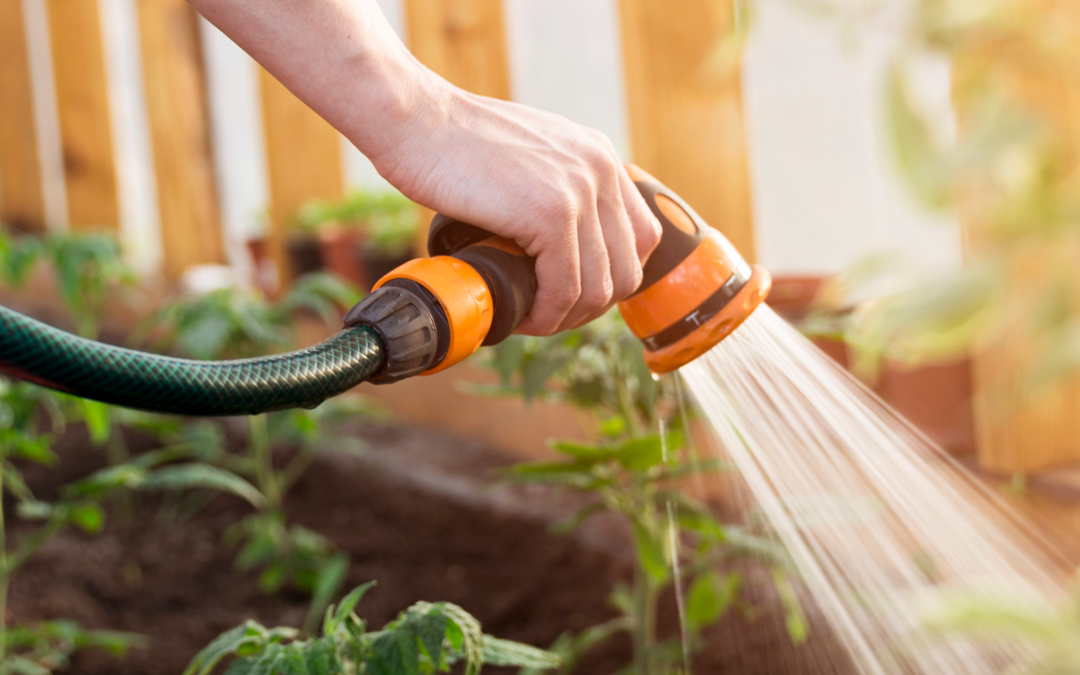Rainwater that is appropriately harvested and stored can offer a sustainable source of water that’s ideal for use inside and outside your home.
In contrast to harvesting dam water, which requires an extensive treatment process to ensure a quality fit for human use, rainwater harvesting requires simple but effective processes and equipment to prevent contamination and preserve water quality.
In urban areas, an appropriately designed Rain Harvesting System featuring filters, screens, diverters and other equipment can be used to reduce your reliance on mains water (or replace it entirely, depending on local government regulations).
In rural or other areas not supplied with mains water, an appropriately designed Rain Harvesting system can supply water for all your needs.
Below are some examples of ideal uses for rainwater around your property.
“Limited” rainwater uses
By simply using rainwater for toilet flushing and in your laundry and garden, you can reduce your mains water use by 70%.
If your hot water systems are supplied with rainwater, this reduction can be as high as 85%.
While these ideal uses for rainwater may be limited to areas that don’t involve human consumption, the figures show that this rainwater use is hardly limited in terms of volume.
Instead, using rainwater in this way can make a significant dent in your mains water use, saving you money and making your home more drought resistant.
You may choose to limit your rainwater use to these tasks due to limited available volume or because of local government restrictions. In deciding how to use your rainwater, it’s worth noting that research suggests that most common concerns about using rainwater are exaggerated or only apply where appropriate Rain Harvesting system designs have not been implemented.
“Potable” rainwater
The term “potable” water refers to water that is fit for human consumption.
This is the kind of water that you drink, cook with and use to wash fresh produce and food. It’s also the safest water to use for showering and bathing.
If you intend to use the rainwater you harvest for human consumption, it’s important to take steps to protect and enhance your water quality.
In particular, appropriate post-tank filtration and treatment should be used as a final safety net before your water exits the tap.
Potable water quality is obviously incredibly important, so we recommend consulting an expert to determine the most appropriate water filtration and treatment systems for your property and needs.
Official recommendations on rainwater use
We welcome the steps that various government authorities in Australia are taking to encourage a more widespread use of rainwater around the home.
Some jurisdictions have already moved to require the construction of new homes to include rainwater tanks to supply water for toilet flushing, laundry and outside uses.
To learn about any rules or regulations governing the use of rainwater in your area, we recommend consulting with the relevant local government body.
Maximising your water quality
To maximise the quality of the rainwater you harvest – and thus maximise the number of tasks you can use it for – it’s essential that you design and install a Rain Harvesting system that will deliver cleaner rainwater and lots of it.
You can also check out our standard system designs, which have been designed by our Rain Harvesting experts. These systems incorporate the appropriate filters, screens and diverters necessary to harvest fit-for-purpose rainwater that can be used around your property. By applying an appropriate design for your Rain Harvesting system, you can more easily ensure that the water you harvest will be ideal for your intended uses.
